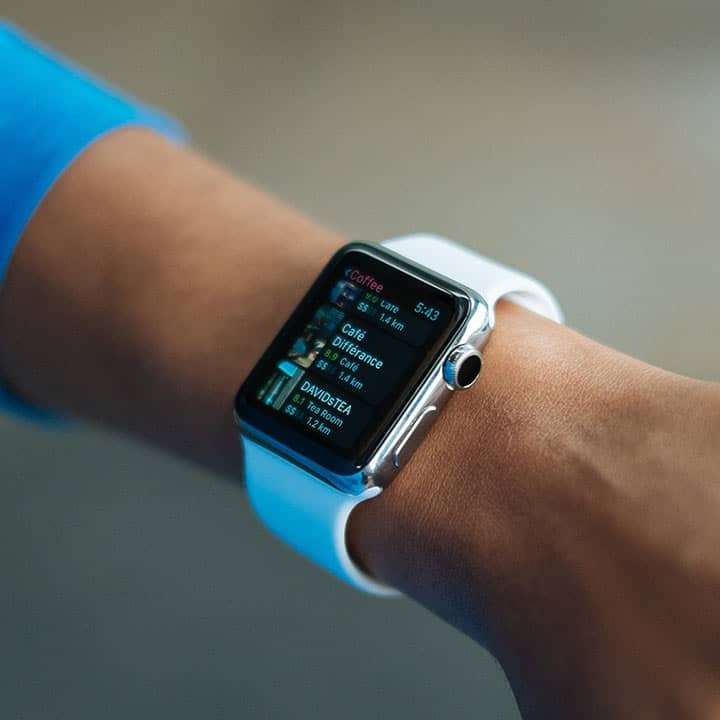The Future of Robotics and Automation: Revolutionizing Industries for Precision and Efficiency
In recent years, robotics and automation have seen significant advancements across industries like manufacturing, healthcare, and logistics. With each passing year, these technologies are becoming more sophisticated, allowing businesses to improve precision, enhance safety, and optimize operational efficiency. As industries continue to embrace automation, the implications for productivity and cost savings are monumental. This article delves into the latest developments in robotics and automation, exploring how these technologies are reshaping industries and what the future may hold.
The Rise of Robotics and Automation
Automation and robotics have been key drivers of innovation in industries such as manufacturing, agriculture, and even healthcare. The introduction of automated systems and robots has enabled industries to reduce human error, increase productivity, and minimize safety risks. According to a report by the International Federation of Robotics, the global adoption of industrial robots has surged, with an annual growth rate of 10-15% expected through 2025.
In the manufacturing sector, robots have become essential for tasks that require precision and repetition, such as assembling products or handling hazardous materials. Automation, on the other hand, involves using technology to control processes with minimal human intervention. When combined, these technologies enable companies to streamline production and improve efficiency at a scale that was previously unattainable
Robotics in Manufacturing: Enhancing Precision and Safety
Robots have long been used in manufacturing to perform tasks that are either too dangerous or too repetitive for human workers. From welding and painting to assembly line production, robots enhance safety by reducing the likelihood of workplace accidents. In industries like automotive manufacturing, robots can work tirelessly and with exceptional precision, ensuring that products meet high-quality standards without variation.
One of the most impactful trends in robotics is the development of collaborative robots, or “cobots.” These robots are designed to work alongside human employees, enhancing productivity without replacing the workforce. Cobots are equipped with sensors and AI algorithms that enable them to learn from their environment and adapt to human behavior. This development allows manufacturers to achieve greater flexibility and efficiency in production while improving worker safety
Automation in Healthcare: Revolutionizing Patient Care
Healthcare is another sector where robotics and automation are making tremendous strides. From robotic-assisted surgeries to automated drug dispensing systems, these technologies are transforming how care is delivered. Robotic systems, such as those used in surgery, can perform highly intricate procedures with greater precision than human hands, reducing recovery times and improving patient outcomes.
In addition, automation is playing a critical role in streamlining administrative tasks in healthcare. For example, robotic process automation (RPA) helps hospitals automate repetitive tasks such as scheduling appointments, managing patient records, and processing insurance claims. This reduces the burden on healthcare workers, allowing them to focus on patient care rather than administrative duties
Logistics and Agriculture: Pioneering Efficiency
Beyond healthcare and manufacturing, robotics and automation are revolutionizing logistics and agriculture. In logistics, automation is used to manage supply chains, optimize warehousing, and streamline last-mile delivery. Automated guided vehicles (AGVs) and drones are being deployed in warehouses to transport goods efficiently, reducing the need for manual labor and speeding up order fulfillment.
Agriculture is also undergoing an automation revolution. Automated farming equipment, such as tractors and harvesters, is increasing yields while minimizing labor costs. Autonomous systems equipped with AI and machine learning can monitor crops, assess soil conditions, and even detect diseases, allowing farmers to make data-driven decisions that improve productivity
Key Benefits of Robotics and Automation
The integration of robotics and automation offers numerous benefits to industries:
- Increased Efficiency: Automation allows companies to perform tasks faster and more accurately, leading to higher production rates and lower operational costs.
- Improved Safety: By automating dangerous or repetitive tasks, companies can significantly reduce workplace injuries and create safer environments for employees.
- Cost Savings: Although the initial investment in robotics and automation may be high, the long-term savings from increased efficiency and reduced labor costs make it a sound financial decision.
- Flexibility: Automation systems can be reprogrammed to handle different tasks, allowing companies to adapt to changes in production requirements without significant downtime.
The Future of Robotics and Automation
As technology continues to advance, the future of robotics and automation looks incredibly promising. Innovations such as AI-driven robots and the Internet of Things (IoT) are expected to further enhance the capabilities of automation systems. In the coming years, we can expect more industries to adopt robotics to streamline operations and improve competitiveness.
One area of particular interest is the development of fully autonomous robots, which could perform complex tasks in environments ranging from outer space to deep-sea exploration. As these technologies mature, the potential applications for robotics and automation will expand, leading to even greater efficiencies across a wider range of industries.
For more insights into the evolving world of robotics and automation, visit Computese.com.
In conclusion, robotics and automation are no longer emerging technologies; they are now integral to modern industries. By enhancing precision, safety, and operational efficiency, these technologies are paving the way for a more productive and secure future across various sectors.








